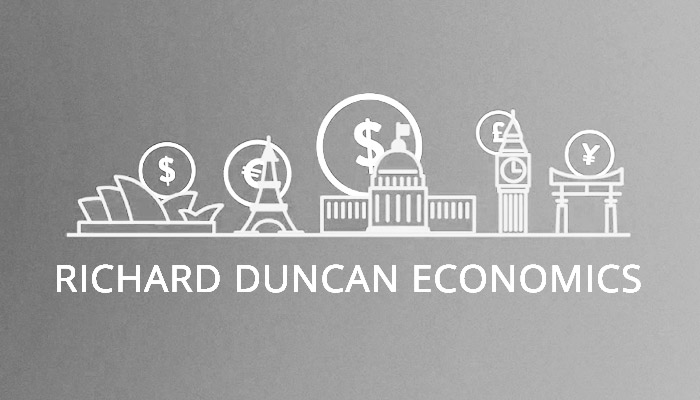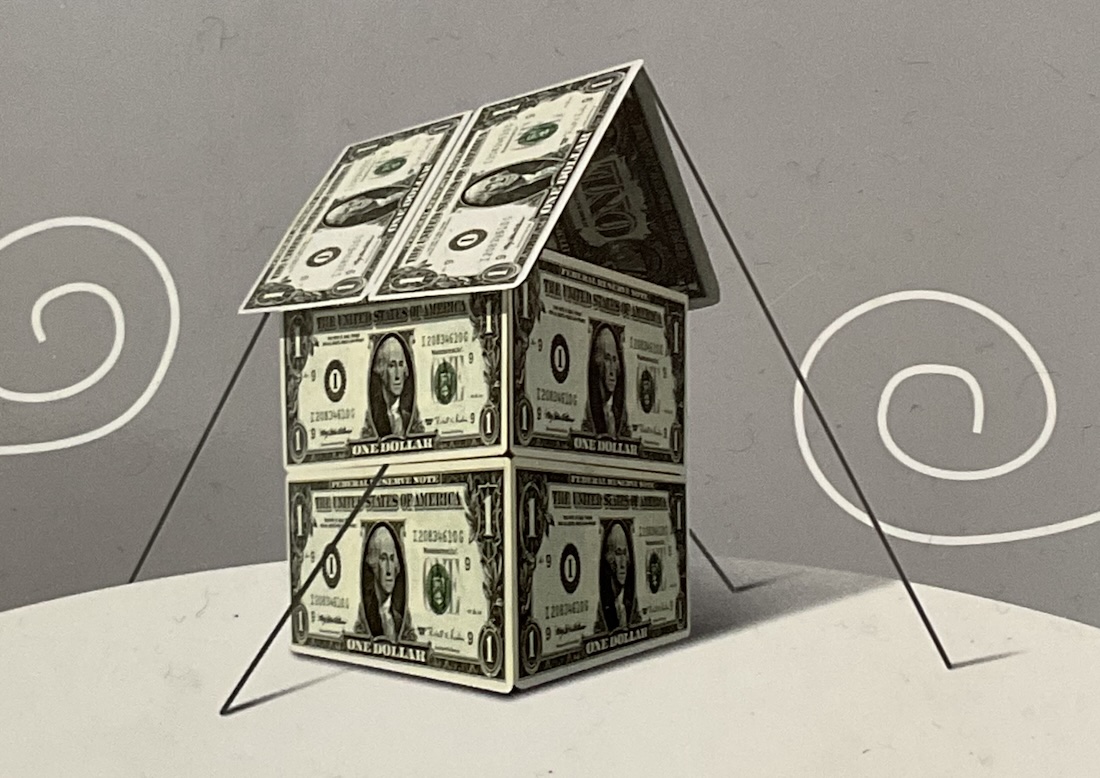THE PAST: ABANDONED PRINCIPLES AND MISGUIDED POLICIES

Posted December 11, 2010
When I was born in 1960, the political leaders of the United States believed very strongly that it was their duty to balance the government’s budget and to ensure that the country’s money was sound, in other words backed by gold. They believed these things just as their fathers, grandfathers and great-grandfathers before them had; and they feared that if the nation failed to abide by these core principles of economic orthodoxy there would be disastrous consequences. They were right.
By the time I turned 12 in 1972 those principles had been abandoned. Spending by President Johnson on social welfare programs at home and the Vietnam War abroad produced large budget deficit in the late 1960s. President Nixon broke the link between dollars and gold in 1971. The worldwide economic crisis that erupted in 2008 originated four decades ago when Johnson and Nixon opened Pandora’s Box and freed all the evils associated with paper-money denominated credit.
Large budget deficits over-stimulated the US economy and pulled in imports. The nation’s large trade surplus began to shrink and then swung into deficit. After Nixon destroyed the Bretton Woods system in 1971, credit, freed from the limitations imposed by gold reserve requirements, exploded. Between 1969 and 2008 debt to GDP in the United States rose from 170% to 370%. Surging credit financed American consumption; and businesses around the world responded by expanding industrial capacity. Increasing credit also drove US asset prices higher; and rising net worth encouraged still more consumption and industrial expansion. These trends, combined with technological advances in communications and transportation, ushered in the age of globalization.
The world’s industrial infrastructure changed beyond recognition and global capacity to produce manufactured goods and commodities rose many fold. An export-driven industrial revolution remade Asia in the course of only one generation; while over the same time the United States exchanged its industrial economy for one based on services. Surging commodity prices revitalized Russia and Brazil, and gave the traditional oil exporting nations staggering wealth and global influence.
However, as the US trade deficit flooded the rest of the world with dollars, those dollars destabilized the global economy. When they entered the banking system of other nations, they produced unnaturally rapid deposit and loan growth that fuelled economic overheating and culminated in economic bubbles — as in Japan and the Asia Crisis countries. When the dollars were converted into other currencies, those currencies appreciated and the exports of those nations became less competitive.
Central banks around the world reacted to that threat by creating their own money and using it to buy the dollars entering their economies in order to hold down the value of their currencies. As the US trade deficit grew larger (it peaked at $2 million A MINUTE in 2006) the currency intervention undertaken by central banks in the trade surplus countries expanded to a mind boggling scale and itself began to further destabilize the global economy. Between 2000 and 2010, foreign exchange reserves held by the world’s central banks grew from $2 trillion to nearly $9 trillion, meaning that central banks created the equivalent of $7 trillion in ten years in order to depress the value of their currencies and protect their export sectors. Never before has so much money been created in such a short space of time.
As central banks accumulated trillions of dollars, they reinvested them into US dollar-denominated assets in order to earn a return. The reinvestment of those dollars into US assets not only financed the US trade deficit, it also blew the United States into an economic bubble as it funded an extraordinary misallocation of capital into stocks, bonds and property.
This fiasco was exacerbated by ill-advised US trade policies designed to promote trade with ultra-low wage nations with no concern for the balance of trade. As trade with low wage countries expanded, the United States manufacturing sector moved offshore and wage rates stagnated. America prosperity came to depend on inflating asset prices. US economic policy became hostage to the wealth effect produced by asset price bubbles. When the NASDAQ bubble popped in 2000, the Fed slashed interest rates until it created an even larger property bubble. The policy objective of the United States leaders during the last 15 years has been to manage economic growth through bubble creation. Alas, bubbles are easier to create than to sustain.
Financial deregulation rounded out this series of disastrous policy mistakes by removing the controls imposed on the banking industry in the aftermath of the Great Depression. Thus liberated, the industry rapaciously pumped the economy full of toxic credit, using newly created financial instruments with unprecedented potential to damage the economy.
This terrible series of policy mistakes produced the greatest economic boom in history. Unfortunately, that boom was not built on sustainable foundation. It was built on debt. In 2008 that debt could not be repaid and the global economy was plunged into the most severe crisis since the 1930s. With American consumers cut off from additional credit, global industrial capacity now greatly exceeded global income and purchasing power. Governments around the world are responding with unorthodox intervention on a scale unprecedented in peacetime. Trillions of dollars of government debt is being incurred and spent stimulating the economy. Trillions of dollars more are being created from thin air by central banks to prop up asset prices and to prevent the collapse of the global financial system. The implosion of the private sector credit bubble has left the global economy in critical condition and on government life support. The outlook for self-sustaining recovery is not good. This calamity is the consequence of the United States abandoning the core principles of economic orthodoxy: balanced budgets and sound money.


After I read The Dollar Crisis two years ago and noticing how spot on your predictions were in 2005, I’ve been trying to find some current writings of yours that help us make sense of all that’s going on in 2011. I am so thankful and excited to read your posts!! By the way, did Clinton actually think it would be a good idea to repeal Glass-Steagall? I’m curious what his reasonings were and where his economic advisors were getting their information.